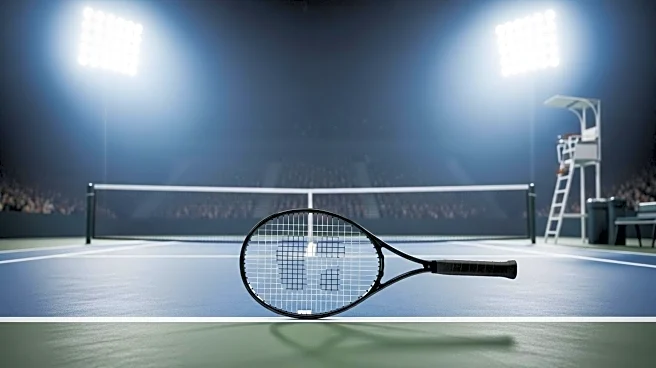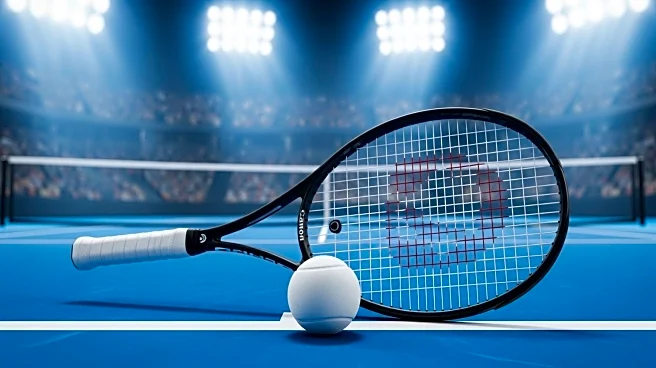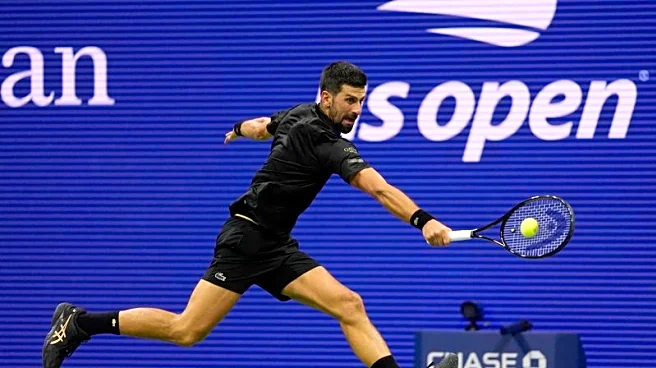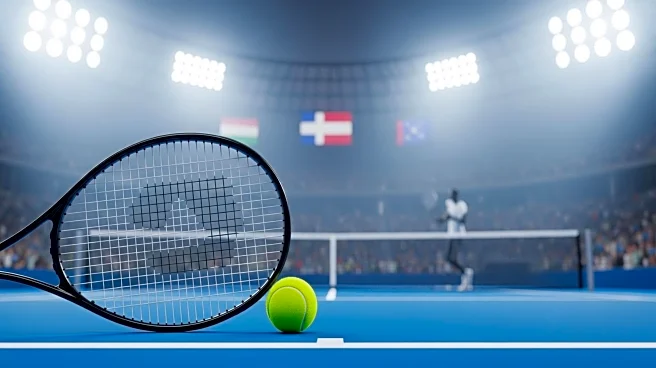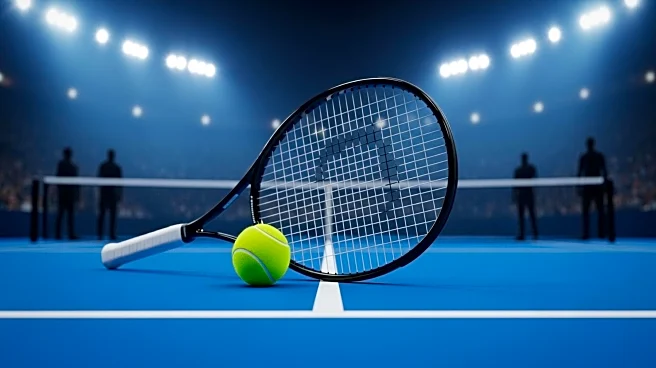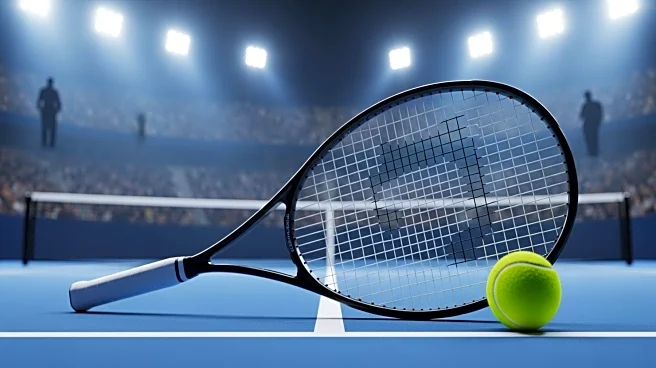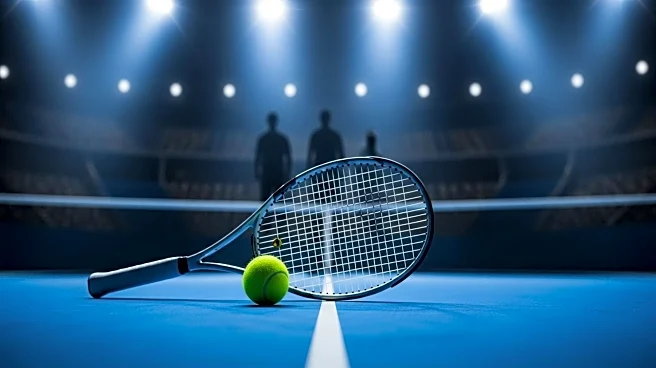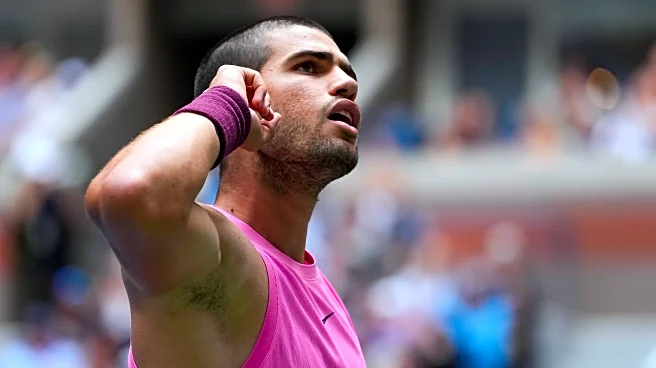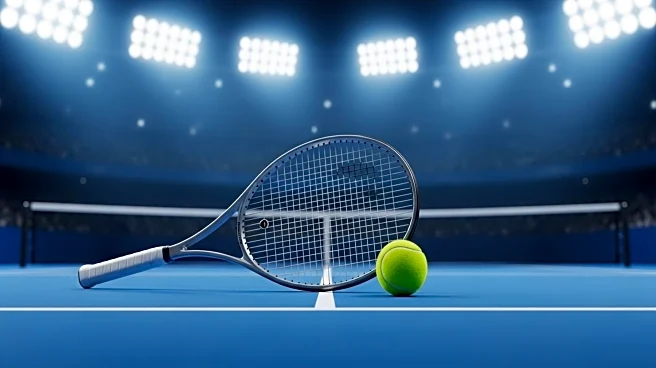What's Happening?
During the quarterfinal match at the US Open, Novak Djokovic expressed frustration over the noise from the crowd at Arthur Ashe Stadium. The Serbian tennis star was playing against Taylor Fritz and became agitated during the third set when he faulted while serving. Djokovic appealed to chair umpire Damien Dumusois to address the crowd's noise, which led to further boos from the audience. Dumusois responded by stating he had already made an announcement asking the crowd to stop shouting when players were ready. Despite Djokovic's dissatisfaction with the umpire's response, he managed to win the match, advancing to the semifinals against Carlos Alcaraz. Djokovic also engaged with the crowd by blowing kisses after winning the second set and dedicated his victory to his daughter, Tara, for her birthday.
Why It's Important?
The incident highlights the challenges athletes face in maintaining focus amidst external distractions during high-stakes competitions. Djokovic's interaction with the umpire and the crowd underscores the tension between players and spectators in major tournaments. The crowd's reaction and Djokovic's subsequent victory demonstrate the dynamic relationship between athletes and fans, which can influence the atmosphere and outcome of matches. This event also reflects the broader issue of crowd behavior in sports, which can impact player performance and the overall experience of the event.
What's Next?
Djokovic is set to face Carlos Alcaraz in the semifinals at Arthur Ashe Stadium. The match is anticipated to be a significant event, given both players' high rankings and competitive history. Stakeholders, including fans, organizers, and players, will be watching closely to see if crowd behavior continues to be a factor. The tournament organizers may consider additional measures to manage crowd noise and ensure a fair playing environment. Djokovic's performance in the semifinals will be crucial for his pursuit of another Grand Slam title.
Beyond the Headlines
The incident raises questions about the role of crowd engagement in sports and how it affects athletes' mental and emotional states. It also touches on the responsibilities of officials in managing crowd behavior to maintain the integrity of the competition. The cultural aspect of sports fandom, where passionate support can sometimes cross into disruptive behavior, is a topic of ongoing discussion. This event may prompt further dialogue on balancing fan enthusiasm with respect for players' needs during matches.
